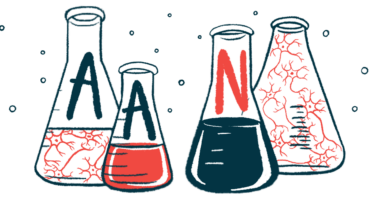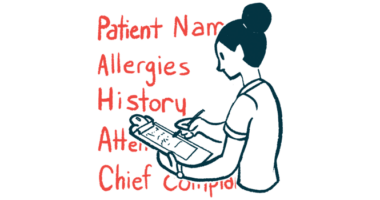Dropouts in Placebo Groups Due to Adverse Events Are Low in MG Clinical Trials, Study Shows

Placebo-treated myasthenia gravis (MG) patients experience as many adverse events as those receiving an active treatment during clinical trials, but this leads to few participant dropouts — and should not represent a problem for patient compliance to placebo during trials, a grouped analysis of studies shows.
The study, “Nocebo effect in myasthenia gravis: systematic review and meta-analysis of placebo-controlled clinical trials,” was published in the journal Acta Neurologia Belgica.
Nocebo refers to experiencing a negative effect, or adverse event (AE), while taking a placebo, due to the negative expectations regarding a certain treatment.
This effect is influenced by a person’s prior knowledge of, or negative experience with a medication, and psychological factors like stress and anxiety. “The nocebo effect can cause decreased drug adherence by patients, thus increasing the rate of dropouts in clinical trials and affecting the interpretation of the results produced,” the researchers said.
The reciprocal concept, the placebo effect, is best known, and occurs when positive expectations improve a person’s outcome.
Both nocebo and placebo effects are thought to originate in the brain, but induce detectable alterations in the body.
The magnitude of the nocebo effect has been examined for several neurological and psychiatric disorders, but few have focused on peripheral nervous system (PNS) conditions like myasthenia gravis (MG).
To address this knowledge gap, a team of researchers sought to estimate the frequency and strength of nocebo in trials with MG patients, and the dropout rate of participants due to these effects. The team performed a grouped analysis of six prior randomized controlled trials that evaluated different pharmacological treatments for MG.
These studies, published between 2008 and 2017, involved 286 patients treated with placebo, and 324 active drug-treated participants. The treatments evaluated were Prograf (tacrolimus), Soliris (eculizumab), Trexall (methotrexate), tirasemtiv, and CellCept (mycophenolate mofetil).
Taken together, many placebo-treated patients — 80.1% — experienced at least one adverse event. But that percentage was comparable to the 77.5% treated with active compounds who experienced at least one adverse event.
The most commonly reported adverse events, in both placebo and active treatment groups, were gastrointestinal symptoms, such as nausea and diarrhea.
However, very few patients in the placebo group — 2.4% — withdrew from study due to one or more adverse events. In comparison, slightly more patients in the active treatment group, 3.7%, dropped out due to such effects.
According to the study estimates, neither the chance of a participant abandoning a trial owing to side effects, nor the number of such events, differed significantly between the two groups.
Despite the frequency of nocebo-linked adverse events ranking highest in MG, as compared with other neurological disorders, the rate of MG patient dropouts due to nocebo was low.
Researchers suggest this may be explained by the fact that “it is often difficult to distinguish whether symptoms documented as AEs [adverse events] arise subsequent to drug administration or are a consequence of a disease’s natural history.”
The few dropouts were comparable to those documented for patients with chronic inflammatory demyelinating polyneuropathy (CIDP), which like MG is a peripheral nervous system disease.
These findings support the thinking that nocebo is centrally mediated, meaning it’s a response commanded by a person’s brain. Thus, nocebo rates may depend on the mechanisms underlying a disease and the body regions involved.
However, to confirm this theory, more studies are needed to examine nocebo effects in people affected by peripheral nervous system and other unrelated disorders, such as mental disorders, vascular diseases, and systemic brain atrophies, the investigators said.
“Although the percentage of those affected by AEs were similar between the placebo and the active treatment arms, the lower rates of AE dropouts compared to active drug treated patients supports the rationale that a chemically inert substance should not cause exaggerated issues with patients’ compliance to medication as an active drug,” the researchers said.






